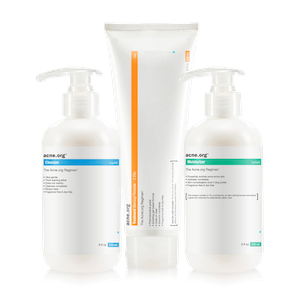Immediately after treatment:
- Ablative non-fractional laser treatment creates an open wound. Immediately after laser treatment, the skin will be red and swollen. A colorless fluid may seep out from the skin. This is called serous fluid and is a normal part of wound healing.
- Your doctor will give you instructions on how to care for the wounded skin after the treatment. This may include soaking the skin with water or saline twice a day. A dressing is usually not necessary.
- Immediately after CO2 non-fractional laser treatment, the skin will be red and swollen.
Days and weeks after treatment:
- In the first days after treatment, the scars probably will not look better than before the treatment. In fact, the scars will likely look worse. The treated areas will look raw and swollen, and you may be unable to return to work or school for:
- Up to 2 weeks after CO2 non-fractional laser treatment
- 3-8 days after Er:YAG non-fractional laser treatment
- It may take several (2-4) weeks for the redness to fade completely, and in rare cases, it may persist even longer.
- You will need to monitor the skin carefully for signs of complications, such as skin infections that may develop after laser treatment.
- Doctors recommend avoiding sun exposure completely until the skin stops peeling. After that, use sunscreen whenever your skin is exposed to sunlight.
Longer term:
- Healing time will depend on the specific type of laser and the size of the treated area, and may last up to 1 year. Until the skin is completely recovered, meaning that no pink, newly formed skin is visible anymore, it is critical to use sunscreen whenever you are in the sun.
- Because the condition of the skin continues to improve for months after treatment, a waiting period of 6-12 months is necessary before potentially repeating laser treatment if needed.
- If you experience discoloration (dyspigmentation), such as skin darkening (hyperpigmentation) or skin lightening (hypopigmentation), these side effects usually largely resolve themselves in 3-12 months.
 Acne.org Products
Acne.org Products